Size Range: The description suggests that these coats are available in sizes suitable for children between the ages of 2 and 12 years old. This range is meant to accommodate a variety of child sizes.
Down Filling: The mention of “down” in the description typically refers to the type of insulation used in the coat. Down is a natural insulator that is known for its excellent warmth-to-weight ratio. It provides effective insulation to keep the wearer warm in cold weather.
Long Outerwear: The term “long outerwear” suggests that these coats are designed to provide extended coverage, possibly reaching below the hips or even to the knees. Longer coats are often preferred in very cold climates as they offer more protection from the cold.
Cotton-Padded: In addition to down insulation, these coats may have cotton padding. This could provide extra warmth and comfort, as well as help with moisture management.
Thicken and Warm: The description emphasizes that these coats are designed to be thick and warm. This is a common feature of winter outerwear, where the goal is to provide sufficient insulation to keep the wearer comfortable in cold temperatures.
Cotton Jackets: While the primary insulation appears to be down, the outer shell of these coats might be made of cotton or a cotton blend. Cotton is a common material for outer shells in winter clothing, as it is durable and can provide some level of water resistance.
Suitable for Teen Boys and Girls: These coats are likely designed to be unisex, suitable for both boys and girls. The design and color options may be neutral or gender-neutral to cater to a wide range of preferences.
Big Children: The use of the term “big children” suggests that these coats are designed to accommodate older kids who are larger in size, possibly in the upper end of the 2 to 12-year-old age range.
Features: Winter coats for children often come with various features to enhance their functionality. Some common features to look for include a hood for extra warmth and protection, adjustable cuffs and hems to ensure a snug fit, and multiple pockets for storing gloves, hats, or small items.
Insulation Type: While down is mentioned in the description, there are different types of down (e.g., duck down, goose down) and synthetic insulation options available. Goose down is generally considered to be of higher quality and provides better insulation, but it can be more expensive.
Water-Resistant or Waterproof: Depending on the climate and expected weather conditions, you might want to consider a coat with a water-resistant or waterproof outer shell. This can help keep the child dry in wet or snowy conditions.
Lining Material: The lining inside the coat is important for comfort. A soft and breathable lining can enhance the overall comfort of the garment.
Weight: Consider the weight of the coat, especially if it’s for younger children. A heavy coat might be uncomfortable for a young child, so balance warmth with ease of movement.
Durability: Look for high-quality stitching and materials to ensure the coat will last through a season or more of wear and tear.
Color and Style: Coats for children come in various colors and styles. Involving the child in the selection process can be fun and ensure they like the coat.
Temperature Rating: Some winter coats come with a temperature rating that indicates the lowest temperature at which they can provide sufficient warmth. This can be a helpful reference point when choosing a coat for specific weather conditions.
Layering: Keep in mind that layering is key to staying warm in extremely cold weather. Ensure there’s enough room under the coat for layering without making it too tight.
Care Instructions: Pay attention to the care instructions for the coat, especially if it includes down insulation. Some coats may require special cleaning or maintenance.
Budget: Winter coats for children can vary widely in price. Consider your budget when shopping, but also keep in mind that investing in a high-quality coat can provide better long-term value.
Safety: Look for features like reflective elements on the coat if your child will be wearing it in low-light conditions for added safety.
Ease of Putting On and Taking Off: Consider how easy it is for your child to put on and take off the coat independently. Features like easy-to-use zippers or snaps can be helpful, especially for younger children.
Growth Room: Kids grow quickly, so it’s a good idea to choose a coat with some room for growth. You don’t want the coat to be too tight by mid-winter.
Mitten Clips or Loops: Some winter coats come with mitten clips or loops inside the sleeves. These can help keep gloves or mittens in place, preventing them from getting lost.
Quality Zippers and Closures: Check the quality of zippers and closures. Sturdy zippers and buttons are essential for durability and ease of use.
Breathability: While it’s important for a winter coat to keep your child warm, it should also be breathable to prevent overheating when they’re active.
Brand Reputation: Consider purchasing from reputable brands known for their quality and durability. Researching customer reviews and ratings can provide insights into the performance of specific brands and models.
Warranty and Return Policy: Check the manufacturer’s warranty and the store’s return policy. This can give you peace of mind in case the coat has any defects or doesn’t meet your expectations.
Climate-Specific Features: Depending on where you live, you might need different features in a winter coat. For example, a coat designed for extremely cold, dry winters may have different features than one designed for wet, milder winters.
Layer Compatibility: Ensure that the coat can be easily layered over other clothing, like sweaters or fleece jackets, for added warmth in very cold conditions.
Personalization: Some parents like to personalize their child’s coat with their name or contact information. This can be especially useful for school or daycare.
Sustainability: If environmental concerns are important to you, look for coats made from sustainable materials or from brands with eco-friendly practices.
Try Before You Buy: If possible, take your child with you when shopping for a winter coat. This way, they can try it on to ensure it fits comfortably and they like it.
Consider Hand-Me-Downs: Kids outgrow clothing quickly, so it’s worth checking with friends or family for hand-me-down winter coats in good condition.



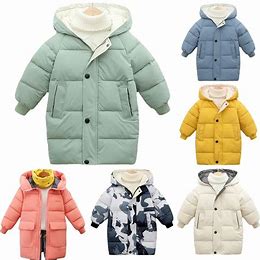
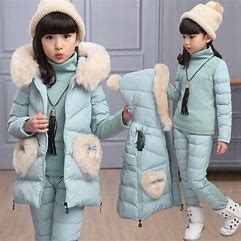
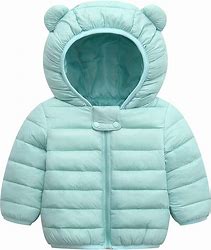

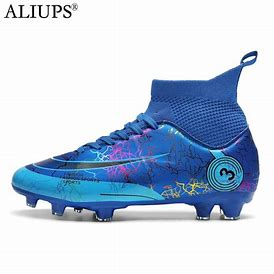
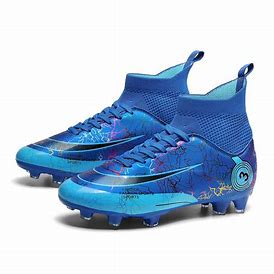
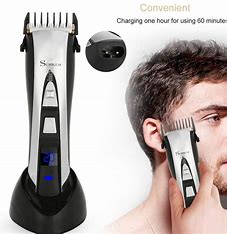
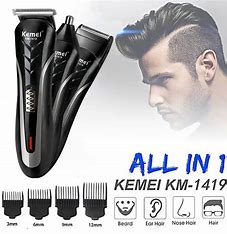
Reviews
There are no reviews yet.